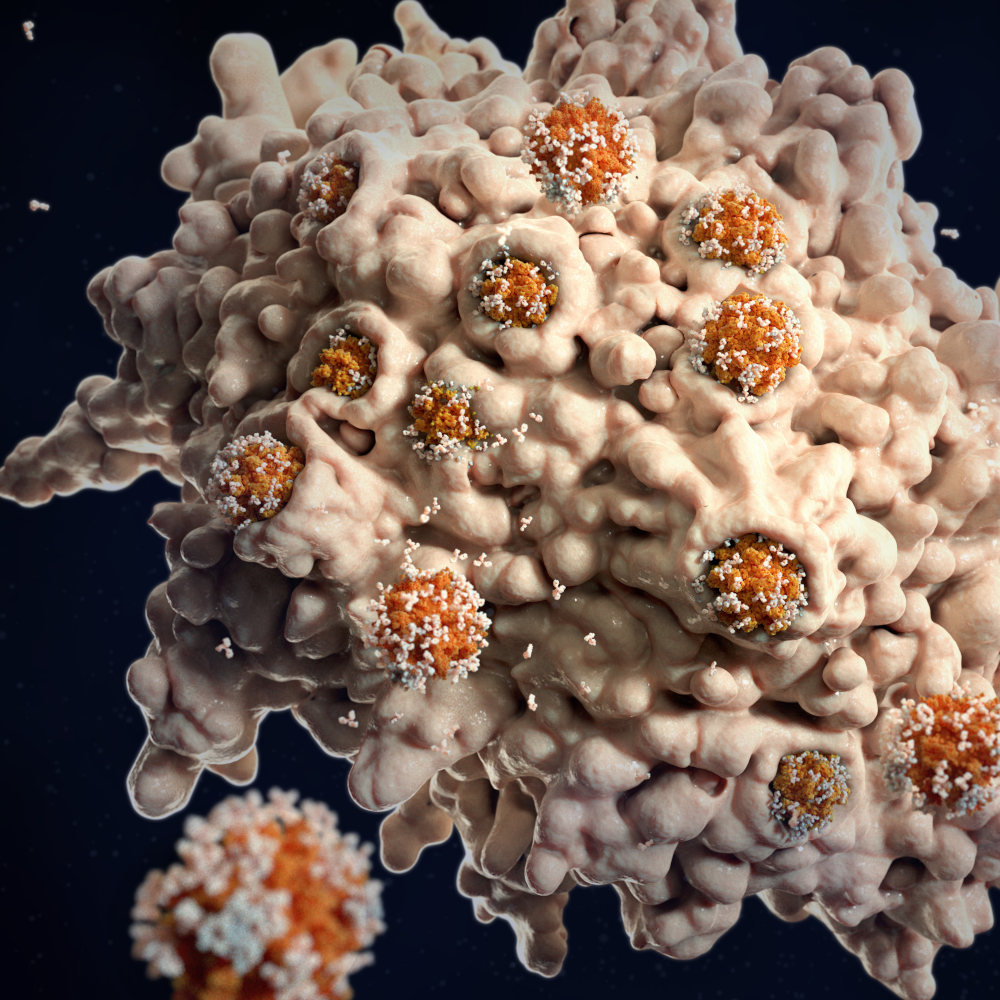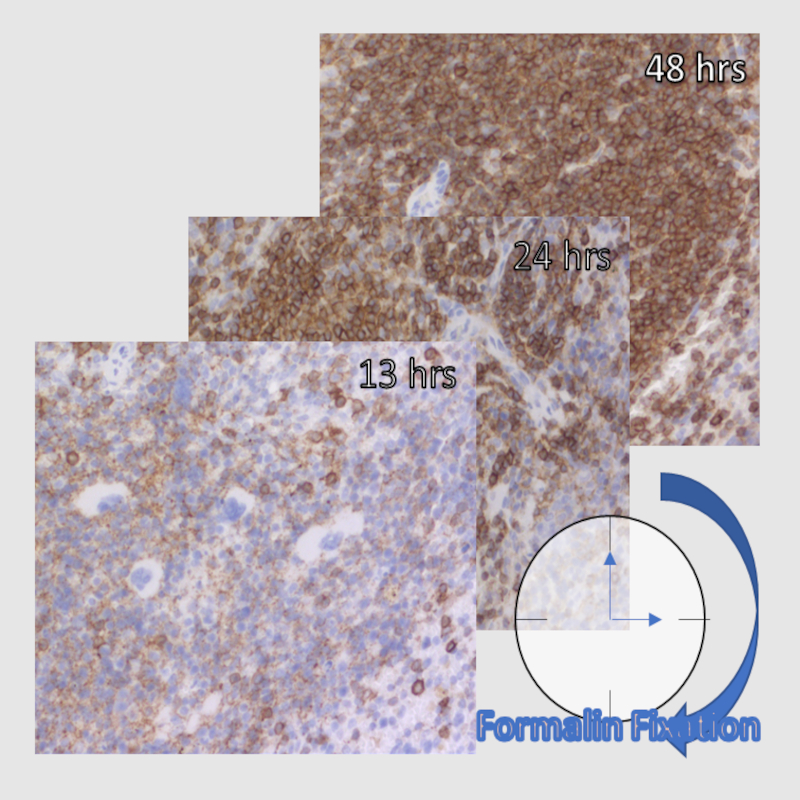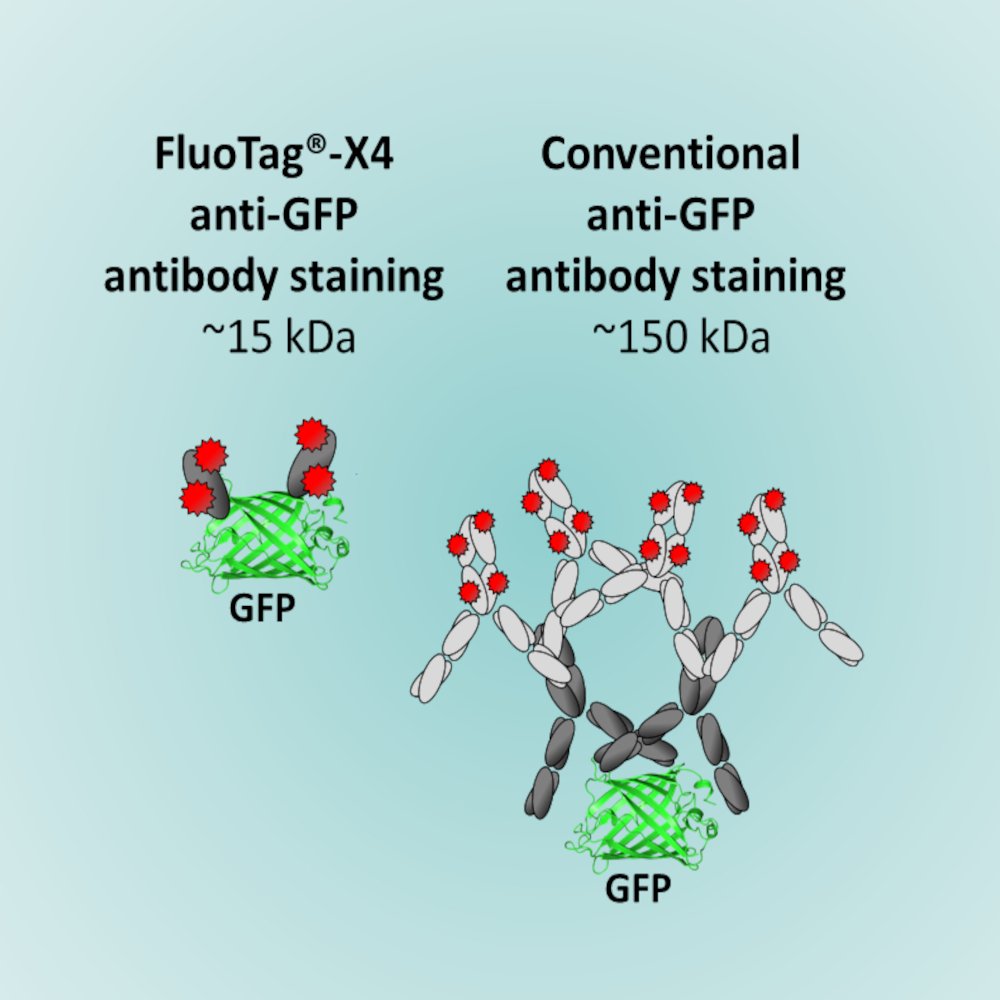SYSY Antibodies
SYSY Antibodies established in 1997 in Göttingen (Germany), formally Synaptic Systems, strives to provide you with the best antibodies in Neuroscience and Cell Biology. Their antibodies have been developed in-house in close collaboration with renowned experts in the field and are exclusively produced by SYSY Antibodies. Their antibodies are well characterised and known for their excellent quality.
View all SYSY Antibodies Products
More information about SYSY Antibodies
In 1997, SYSY Antibodies was founded by well known scientists of the Max-Planck Institute Goettingen. Due to the high demand for their well established, high quality antibodies against synaptic proteins, we started business to provide these research reagents to the scientific community world wide.
In 2002, they established their own fully equipped research laboratory which allows product refinement and the development of new antibodies. To date, SYSY Antibodies offers one of the largest collections of antibodies against synaptic and neuroscience related proteins and a growing panel of antibodies for cell biology, histopathology, and high resolution microscopy. Many of these antibodies have established themselves as reference products with numerous, high impact publications.
In 2017, they introduced their HistoSure product line. HistoSure antibodies have been specifically developed for use in formalin-fixed paraffin-embedded tissues. Like all SYSY products, HistoSure antibodies are exclusively available under the Synaptic Systems brand. They are produced and thoroughly tested in our own facilities to guarantee the best quality and reliability. HistoSure antibodies are subject to their special HistoSure Quality Guidelines
PSD95 antibody
SYSY Antibodies presents the first PSD95 FluoTag-X2 antibody, delivering strong and consistent performance in standard immunostaining techniques such as immunohistochemistry (IHC) and immunocytochemistry (ICC).

Explore the RNA Methylome with SYSY Antibodies
This new technique, also called MeRIP sequencing, allows scientists to uncover numerous posttranscriptional regulatory mechanisms, all of which are modulated by m6A modifications.




